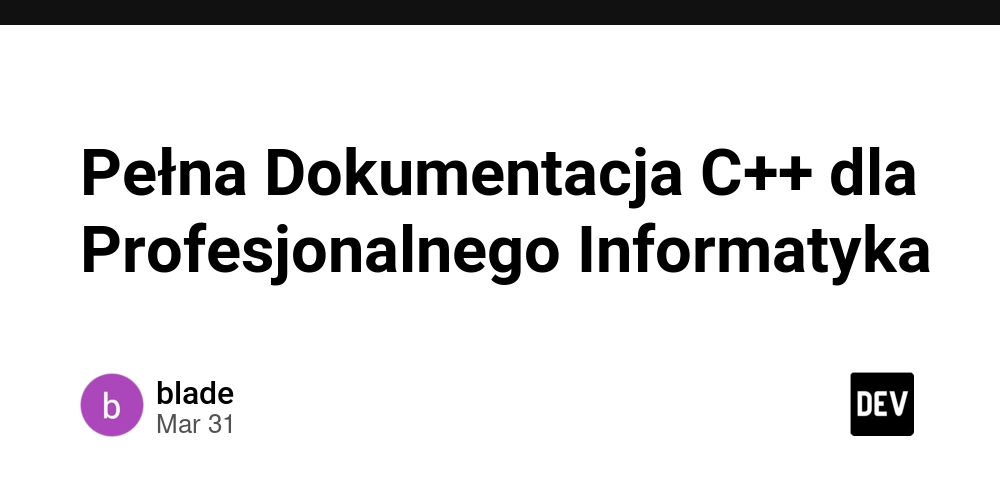2025 ChatGPT Case Study: Meta Usage Framework
The Meta-Architect Framework: Born in Real-Time (But Rooted in Long-Term Thinking) Here’s the crazy part — I didn’t just think of the Meta-Architect framework in the moment. I actually developed the foundation for this concept over a month ago. But I hadn’t yet decided to turn it into an article. Then, in real-time during my conversation with Andrew B.K. Brown — or just minutes after — I was able to take that framework and instantly transform it into a fully structured article. Why? Because of how I use AI. Thanks to my structured approach to ChatGPT, I was able to refine, edit, and publish this entire piece within an hour of the conversation itself. This is what AI-powered execution looks like in practice. This isn’t just a theoretical discussion about AI learning. It’s proof of concept. AI isn’t just about knowledge acquisition — it’s about execution. And now, let’s break down how this shift is changing everything. AI as an Execution Partner (Not Just a Learning Tool) The biggest misconception about AI is that it’s just for learning. The reality? AI is a thinking amplifier, an execution engine, and a system optimizer — if you use it right. How Most People Use AI vs. How Meta-Architects Use AI Example: Most people ask ChatGPT, “How do I start a business?” and get a step-by-step guide. A Meta-Architect designs an AI-driven system that automates content creation, marketing, and operations — turning an idea into a self-sustaining ecosystem. That’s the difference. The Scientific Method for AI Thinking The way I use AI mirrors the scientific method — because thinking critically with AI is more important than blindly accepting its output. AI-Powered Scientific Method 1️⃣ Observation → Identify the problem. 2️⃣ Hypothesis → Ask AI structured, iterative questions. 3️⃣ Experimentation → Run AI-generated insights through real-world testing. 4️⃣ Analysis → Validate against personal knowledge & external data. 5️⃣ Conclusion → Optimize, refine, and scale AI-assisted execution.

The Meta-Architect Framework: Born in Real-Time (But Rooted in Long-Term Thinking)
Here’s the crazy part — I didn’t just think of the Meta-Architect framework in the moment.
I actually developed the foundation for this concept over a month ago.
But I hadn’t yet decided to turn it into an article.
Then, in real-time during my conversation with Andrew B.K. Brown — or just minutes after — I was able to take that framework and instantly transform it into a fully structured article.
Why?
Because of how I use AI.
Thanks to my structured approach to ChatGPT, I was able to refine, edit, and publish this entire piece within an hour of the conversation itself.
This is what AI-powered execution looks like in practice.
This isn’t just a theoretical discussion about AI learning. It’s proof of concept.
AI isn’t just about knowledge acquisition — it’s about execution.
And now, let’s break down how this shift is changing everything.
AI as an Execution Partner (Not Just a Learning Tool)
The biggest misconception about AI is that it’s just for learning.
The reality? AI is a thinking amplifier, an execution engine, and a system optimizer — if you use it right.
How Most People Use AI vs. How Meta-Architects Use AI
Example: Most people ask ChatGPT, “How do I start a business?” and get a step-by-step guide.
A Meta-Architect designs an AI-driven system that automates content creation, marketing, and operations — turning an idea into a self-sustaining ecosystem.
That’s the difference.
The Scientific Method for AI Thinking
The way I use AI mirrors the scientific method — because thinking critically with AI is more important than blindly accepting its output.
AI-Powered Scientific Method
1️⃣ Observation → Identify the problem.
2️⃣ Hypothesis → Ask AI structured, iterative questions.
3️⃣ Experimentation → Run AI-generated insights through real-world testing.
4️⃣ Analysis → Validate against personal knowledge & external data.
5️⃣ Conclusion → Optimize, refine, and scale AI-assisted execution.












































































































































































![[The AI Show Episode 142]: ChatGPT’s New Image Generator, Studio Ghibli Craze and Backlash, Gemini 2.5, OpenAI Academy, 4o Updates, Vibe Marketing & xAI Acquires X](https://www.marketingaiinstitute.com/hubfs/ep%20142%20cover.png)



























































































































![[DEALS] The Premium Learn to Code Certification Bundle (97% off) & Other Deals Up To 98% Off – Offers End Soon!](https://www.javacodegeeks.com/wp-content/uploads/2012/12/jcg-logo.jpg)


![From drop-out to software architect with Jason Lengstorf [Podcast #167]](https://cdn.hashnode.com/res/hashnode/image/upload/v1743796461357/f3d19cd7-e6f5-4d7c-8bfc-eb974bc8da68.png?#)









































































































.png?#)

































_Christophe_Coat_Alamy.jpg?#)
 (1).webp?#)




































































































![iPhone 17 Pro Won't Feature Two-Toned Back [Gurman]](https://www.iclarified.com/images/news/96944/96944/96944-640.jpg)
![Tariffs Threaten Apple's $999 iPhone Price Point in the U.S. [Gurman]](https://www.iclarified.com/images/news/96943/96943/96943-640.jpg)






































































































































